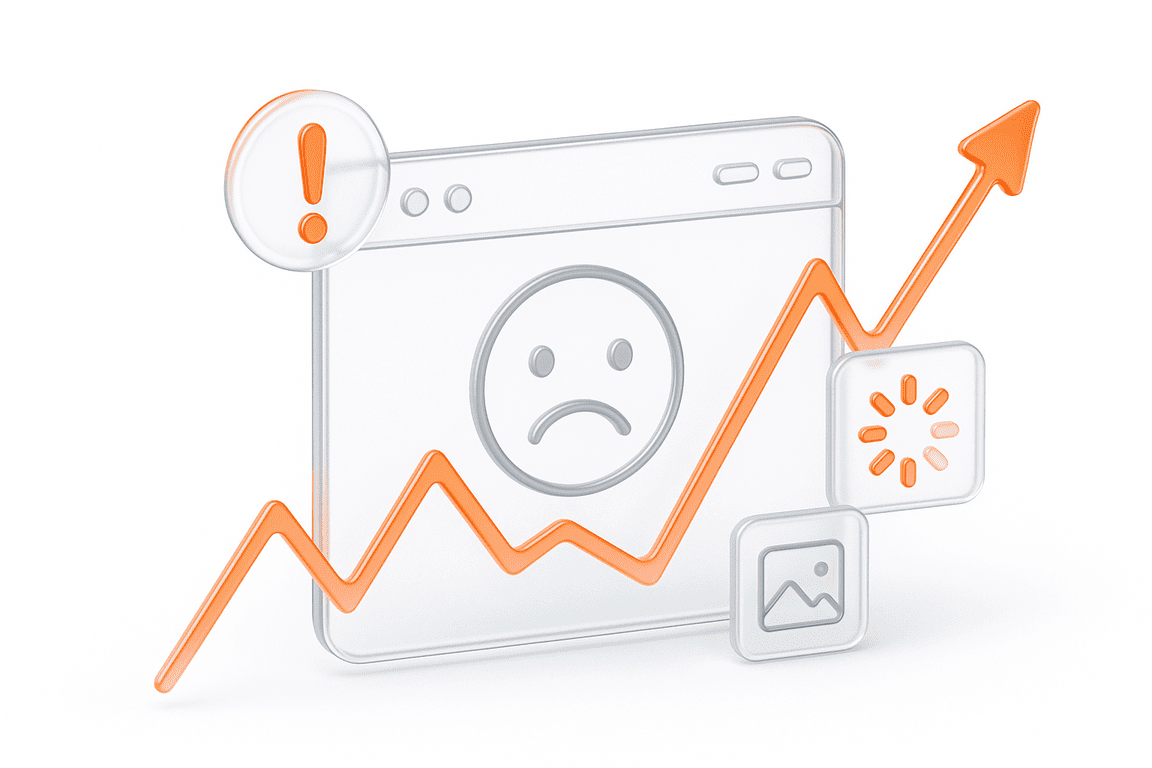The PFLB team is happy to share the good news. We have passed the SOC 2 compliance accreditation. It means we can assure our clients that our cooperation will be entirely secure.
What Is SOC?
Introduced by the American Institute of CPAs (AICPA), SOC, or Service Organization Control, is a cybersecurity series of reports made during data processing services audits. It evaluates the efficiency of an organization’s information management. The main SOC report types include SOC 1, SOC 2, and SOC 3.
In a few words, SOC 1 focuses on internal controls for financial statements and reporting. SOC 2 — on internal controls for the five Trust Services Criteria like security, confidentiality, processing Integrity, privacy, and availability of customer data. SOC 3 can be briefly defined as SOC 2 results adapted to a public audience.
What Is a SOC 2 Report?
In 2011, the AICPA introduced SOC 2, or Service Organization Control 2. It assures the security, availability, processing integrity, confidentiality, and privacy of an organization’s systems and Information. In 2014, these aspects became the Trust Service Criteria (TSC).
SOC 2 reports help companies to maintain both security and efficiency. SOC 2 compliance proves that an organization has robust security control and can protect sensitive data. Also, a successfully passed SOC 2 audit verifies that a company treats its client’s data seriously.
What Does It Mean for Our Clients?
PFLB has proved its compliance with SOC 2, which confirms that we provide you with efficient services and the highest level of security. We can manage sensitive data, protect your privacy, and guarantee no breaches. With PFLB, no data will be lost or disclosed. You can rely on our solutions.
Related insights in blog articles
How Website Performance Impacts E-Commerce Sales and Cart Abandonment

Every e-commerce store has mere milliseconds to make the right impression on shoppers. When prospects land on a product page, they assess every single metric, and e-commerce website performance and speed are the most critical ones. In most scenarios, impatient users will bounce instantly — at the slightest hint of latency caused by high loads […]
10 Signs Your Website Can’t Handle Traffic Spikes: Everything you need to know

Your campaign goes live, clicks start pouring in, and traffic shoots up fast. It’s the moment you’ve been waiting for, until everything slows down. Pages take ages to load, checkout freezes, and visitors disappear before they can buy. It’s a frustrating twist: the success of your marketing draws in more people than your website can […]
Why Averages Lie: Mathematical Methods for Load Testing

Relying on “average” metrics alone makes load testing surprisingly inaccurate. In this article, we’ll show how to avoid the usual traps and walk through practical techniques for mathematically modelling a workload profile, from analyzing variance and correlations to spotting Simpson’s paradox and validating the final model. When a company moves to a new system, the […]
DevDays Europe Conference 2026 – Advance Your Software Development Expertise

DevDays Europe is the ultimate software development conference that aims to bring together the brightest minds and innovators in the software development community. Join the conference for an immersive experience filled with transformative insights, collaborative opportunities, and the latest cutting-edge technology. The DevDays Europe 2024 will be happening both on-site and online, allowing everyone to join the event in their preferred format.
Be the first one to know
We’ll send you a monthly e-mail with all the useful insights that we will have found and analyzed
People love to read
Explore the most popular articles we’ve written so far
- Top 10 Load Testing Tools for 2025: The Deep Dive Sep 9, 2025
- Cloud-based Testing: Key Benefits, Features & Types Dec 5, 2024
- Benefits of Performance Testing for Businesses Sep 4, 2024
- Android vs iOS App Performance Testing: What’s the Difference? Dec 9, 2022
- How to Save Money on Performance Testing? Dec 5, 2022
